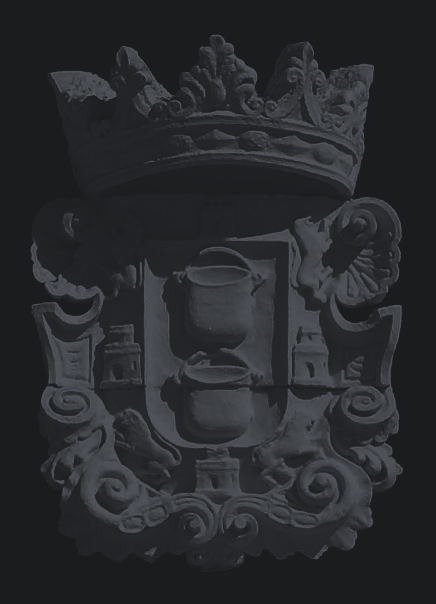What are the contributions of neuroarchitecture to the organization of events?
Anyone who is dedicated to organizing events is aware that all the details matter, from the list of attendees to the protocol of the event. And what can we say about the chosen space. A conference, a professional meeting, a corporate event and even a simple meeting of friends can vary depending on the place where it takes place.. This is precisely what neuroarchitecture analyzes, a new discipline that merges the knowledge of architecture and neuroscience to create experiences. cum laude. But, Do you know what the contributions of neuroarchitecture are to the organization of events?
What is Neuroarchitecture and examples?
In case this is the first time you hear the term, neuroarchitecture is based on understanding How the built environment affects people's emotions, physical well-being and behaviors. That is, it is about generating a positive impact through spaces. As Frederick Marks, founder of the American Academy of Neuroscience for Architecture (ANFA), “we are emotional beings that every time we enter a space, we react.”
Of course, this has a scientific explanation: a region of the brain, the Parahippocampal Place Area (PPA), is activated only when perceiving places. And taking into account that citizens spend more than 90% of their time inside buildings, it is important to ensure that they are adequate, don't you think? However, The World Health Organization warns that 30% of buildings are sickThat is, they do not help the balance of their occupants.
Fortunately, neuroarchitecture is being implemented in all areas, although its origins date back to the mid-20th century with the virologist Jonas Salk. For example, in the office design It has been found that following certain construction and decoration patterns increase the productivity and well-being of employees, while the colorimetry can improve the learning process in educational centers. Likewise, in the hospitals, a careful interior design allows reduce the stress that comes with a visit to the doctor. Not to mention the own home, another example of the contributions of neuroarchitecture to daily life, since a welcoming and well-lit atmosphere is the key to releasing the tensions of the day.
What are the contributions of neuroarchitecture to the organization of events?
Now, in addition to its general implications, This discipline must also be very present in the organization of events. Because? Discover what the contributions of neuroarchitecture are and you will understand why:
Everything green
Nature plays a fundamental role in the organization of events. Celebrate outdoor events or in places with leafy outdoors or, at least, indoor green areas, it helps reduce stress and improves cognitive activity. In addition, the peace that is breathed in the countryside prevents concentration from being distracted by external noises.
Vertigo issue
Do you think it is the same to be on the 1st floor as on the 20th? The height of buildings has its impact on people. At higher altitudes, neural stimuli activate alerts and put mind and body in survival mode.
Work… and rest
Spaces with rest areas close to where the main event is held help attendees to disconnect and exchange synergies. For example, in a teambuilding day, having a rest space allows participants to take a break break, which helps them establish concepts. At the same time, it serves as a fraternization area among attendees.
Light does matter
As for the contributions of neuroarchitecture related to lighting, you will surely have noticed how artificial light accelerates fatigue. On the contrary, Natural light makes it easier for people to concentrate and creates a more comfortable environment..
let the air flow
Nor should we forget the ventilation. Did you know that, according to scientific studies, better air quality can increase people's productivity between 8 and 11%? Hence again the importance of spaces far from large cities and their polluted atmospheres to celebrate any corporate event.
One design, one function
Another point about the contributions of neuroarchitecture to the organization of events is that large and open spaces They positively impact memory and learning. Thus, rooms with high ceilings are ideal for creative tasks, according to evidenced John Meyers-Levy and Rui Zhu. On the contrary, small rooms impair creativity and decision-making, but favor routine tasks. It is not surprising that they are used for repetitive jobs.
Between squares and circles
Even the shape of the corners can make the event better or worse received. Sharp angles cause stress, while curved lines give a feeling of security. The fact that professionals or students are placed in a circle in work sessions is not on a whim.
As you can see, it is important to take into account the characteristics of the space chosen for any event. And if you are looking for an installation that brings together the contributions of neuroarchitecture, we invite you to visit Hacienda Guzmán. Large, pleasant and adapted rooms and outdoor spaces surrounded by olive trees make up this olive farm with more than five years of history and just ten minutes from the center of Seville. Tell us what event you want to organize and our team of experts will help you create a unique and unforgettable experience






